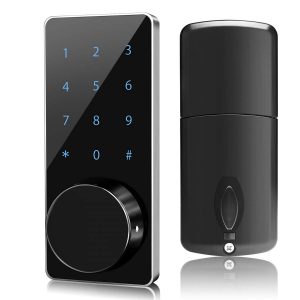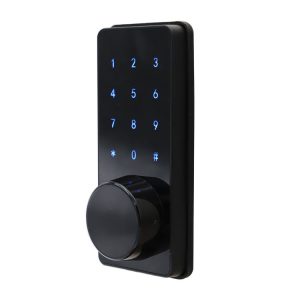1. Multi-dial
The simplest combination lock, commonly found in bicycle locks with low security settings, uses multiple dials. There is a recess in the middle of each circle. There are several protruding teeth on a shaft in the center of the lock to hold the dial ring. When the dial ring is turned to the correct combination, the lock can be opened. This kind of lock is the easiest to open. Many of these locks can be opened without knowing the password. Unless its internal components are made very well, as long as the shaft is pulled out, one of the teeth will tighten the dial ring more tightly than the others. At this time, turn the tightened dial ring until a small “click” sound is heard, indicating that the tooth has entered the correct recess. Repeat this step and you will be able to unlock the lock soon.
2. Single turntable
The combination lock used on the padlock or cassette can have only one turntable. The turntable pushes several balance discs or cams on the back. It is customary to turn the dial clockwise to the first digit when opening this lock, and then counterclockwise to the second digit, and so on until the last digit. There are usually recesses on the cam. When the correct code is transferred, the positions are aligned and the lock can be opened. This kind of combination lock is more secure, but it is not without its shortcomings. For example, some password padlocks can tighten the lock head and then turn the dial until it can no longer move, so that the password can be found. There is also a specific relationship between the numbers of some turntable code locks, which greatly reduces the possibility of the combination of codes. Inexpensive combination padlocks can be opened with special linings without the use of passwords. The structure of the combination lock used on the box is relatively strict. An experienced locksmith can rotate the turntable while using the earpiece to carefully listen to the sound of the cam inside the lock to determine the possible code.








